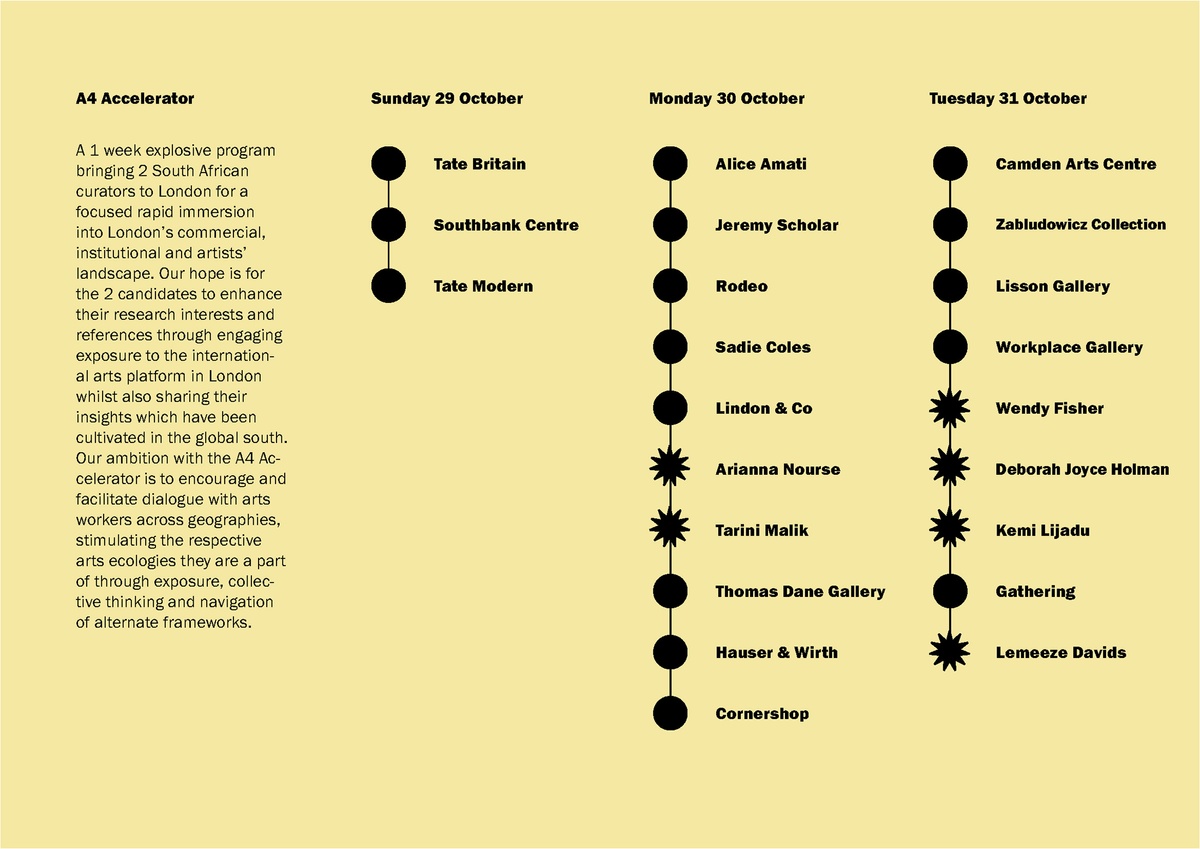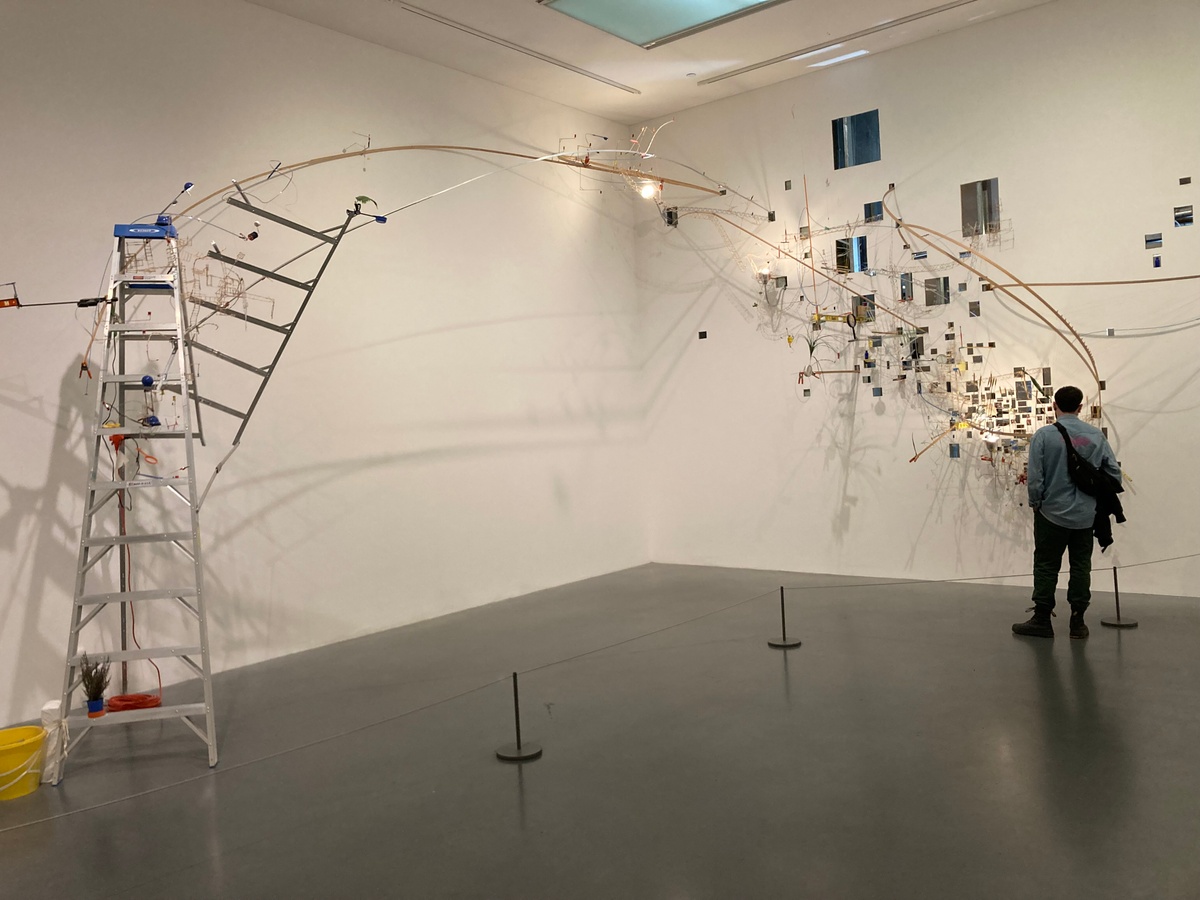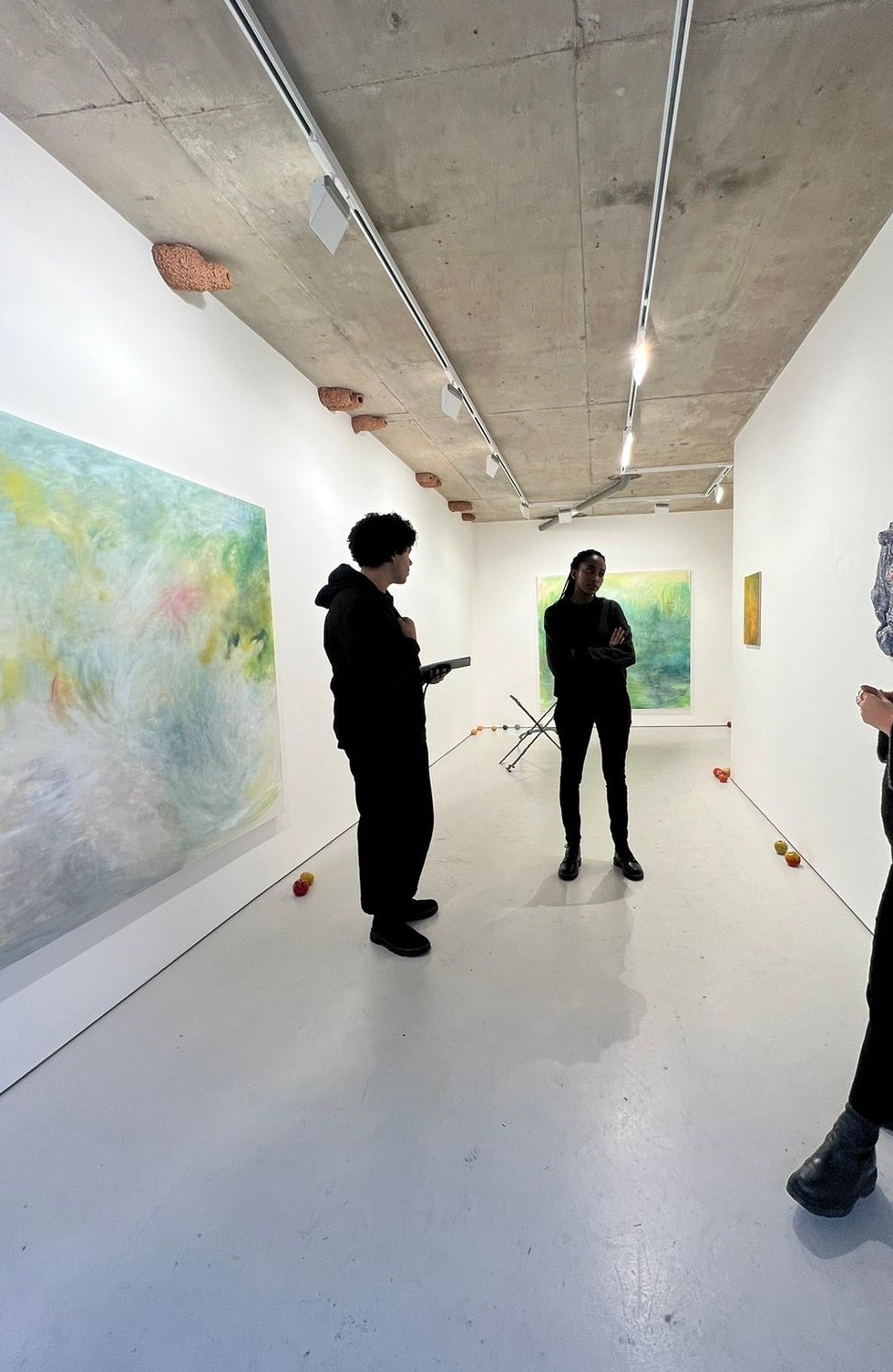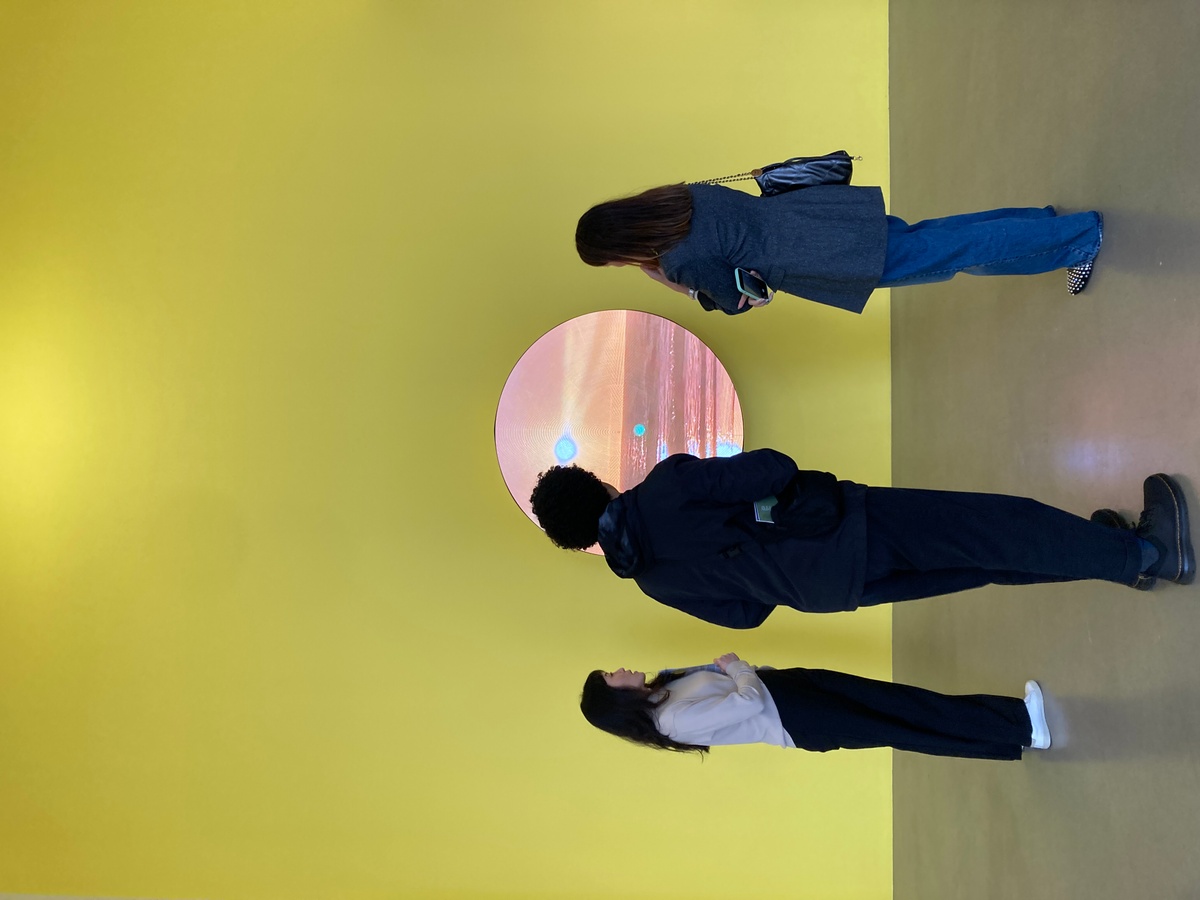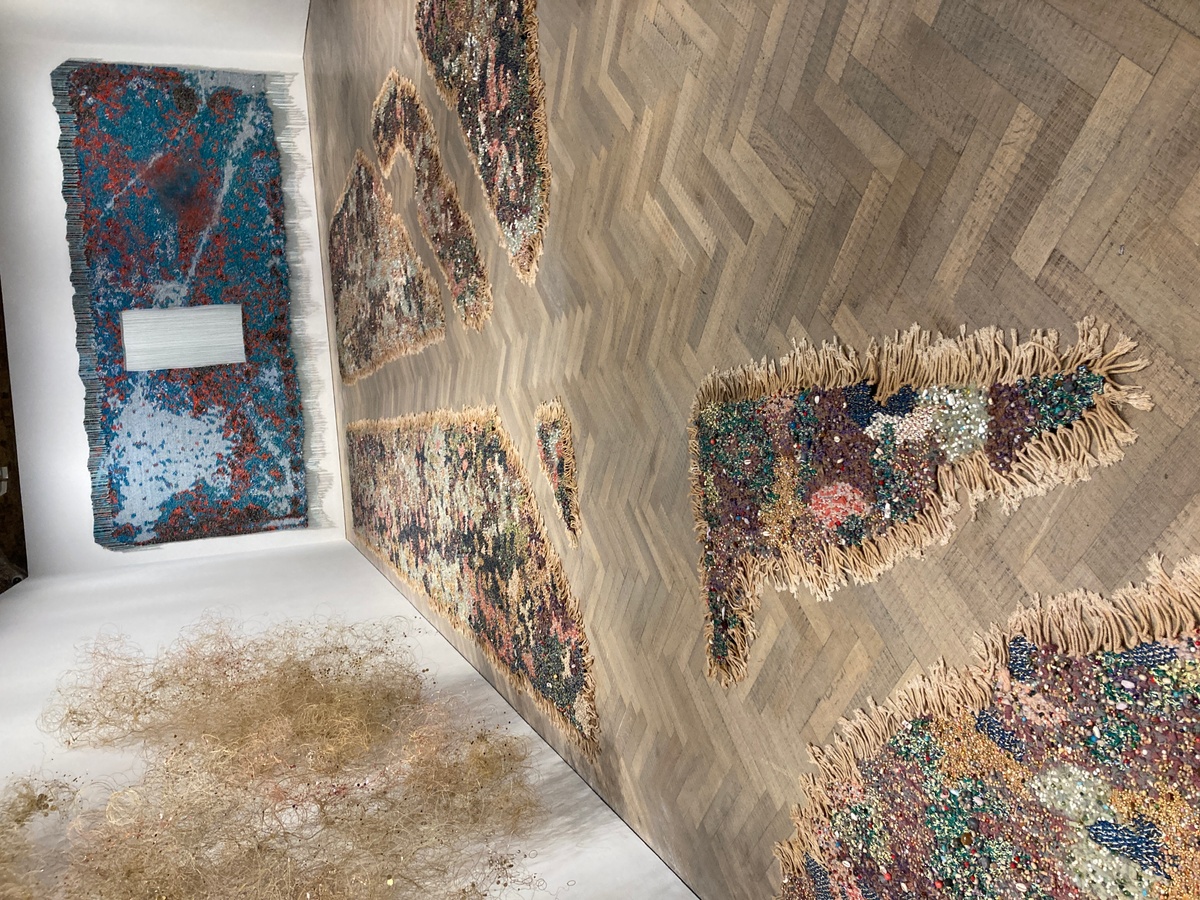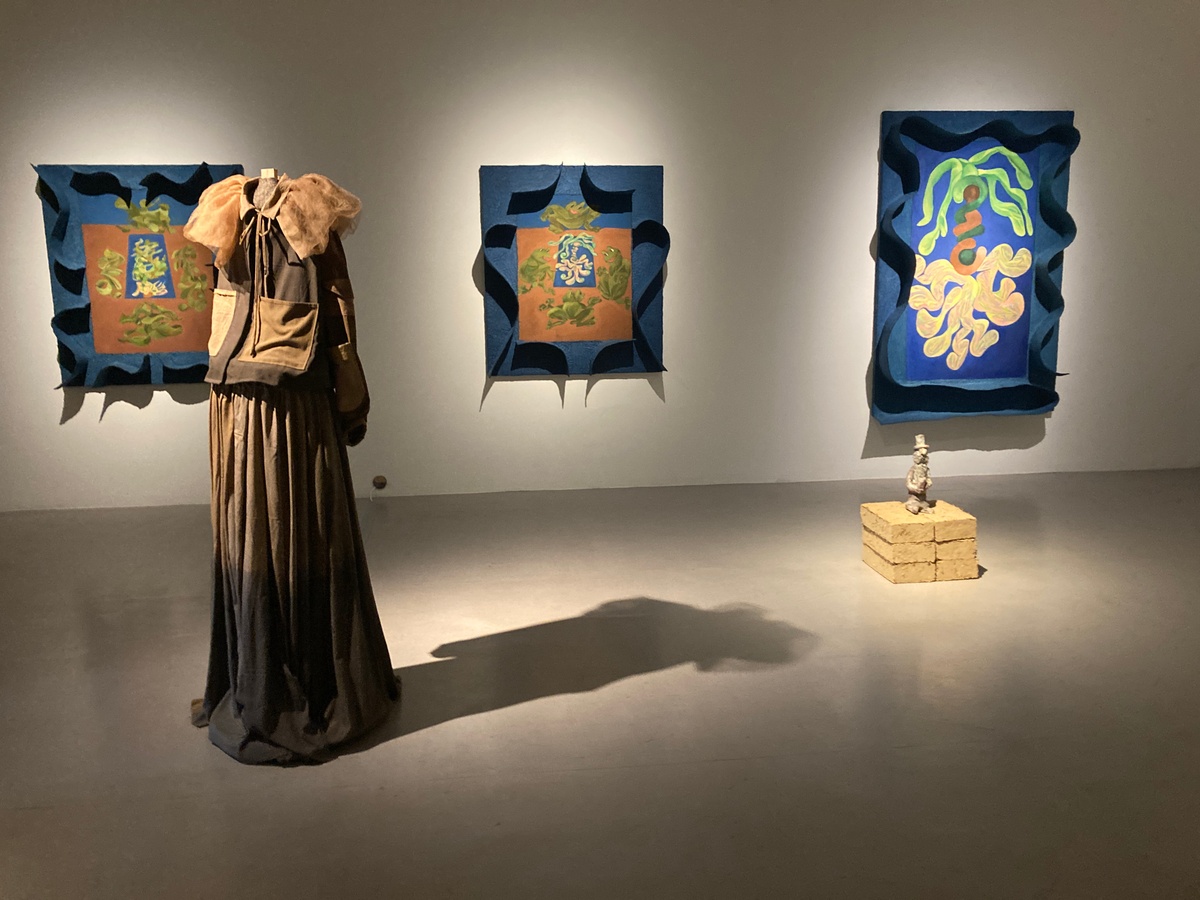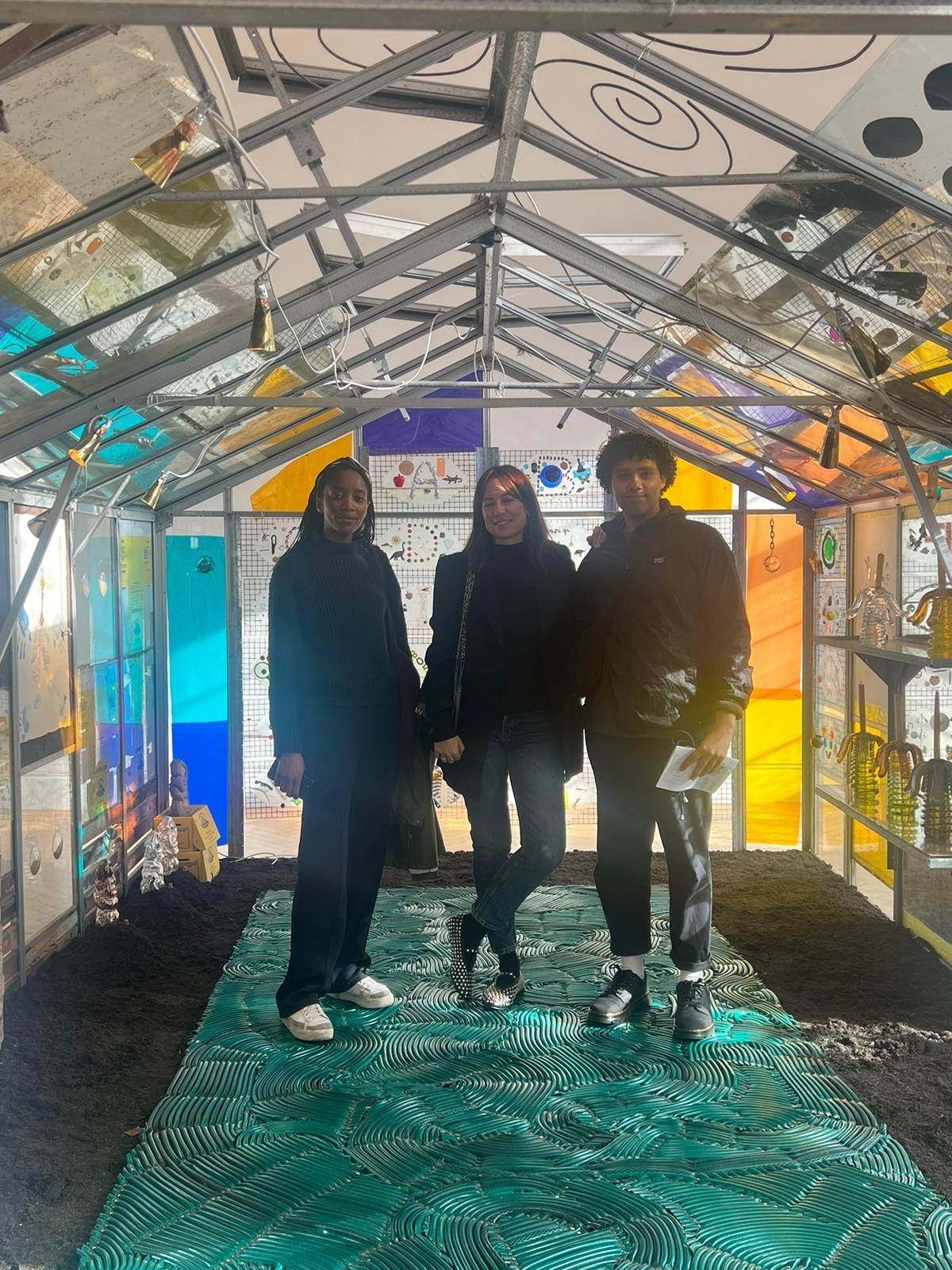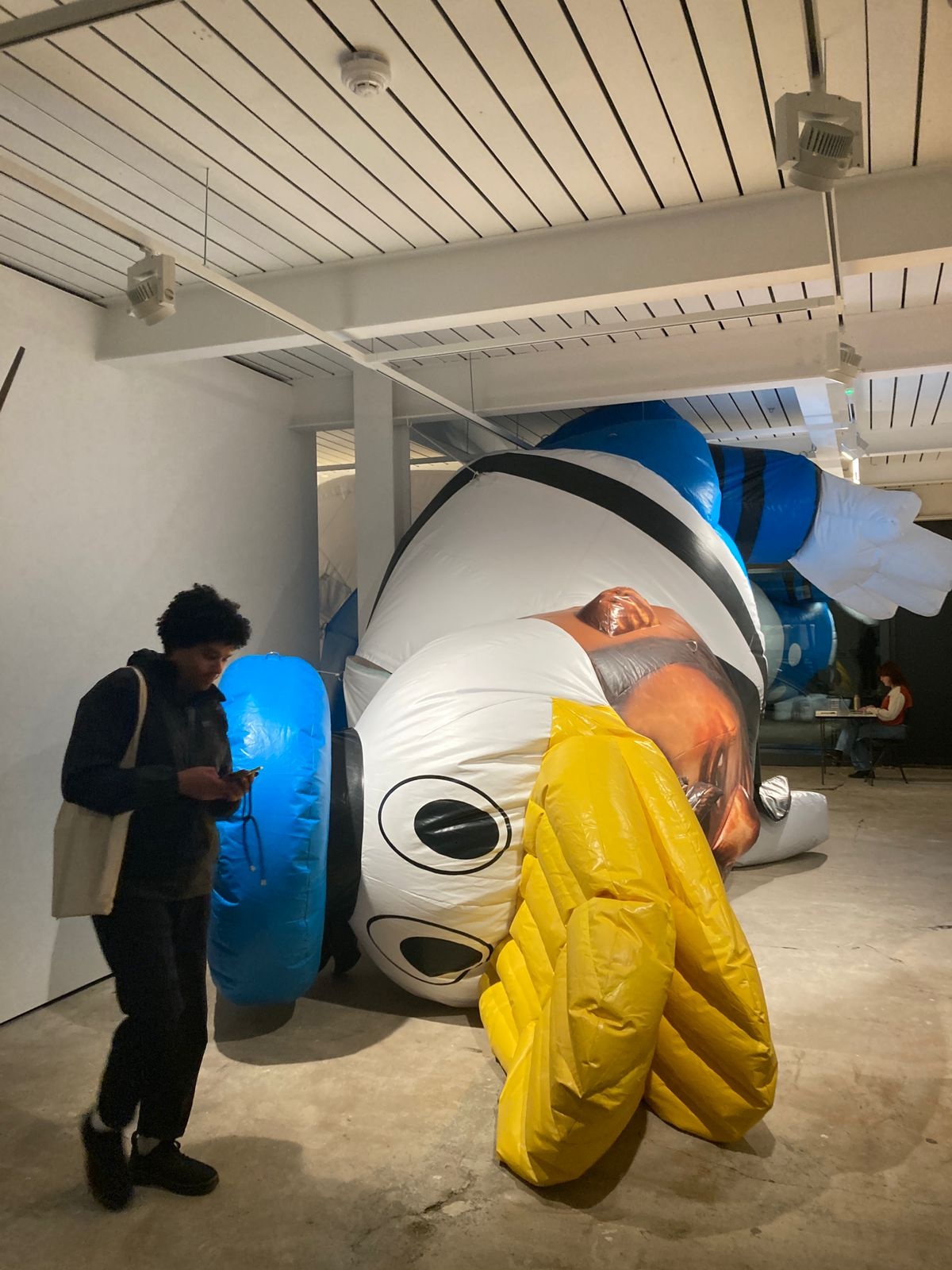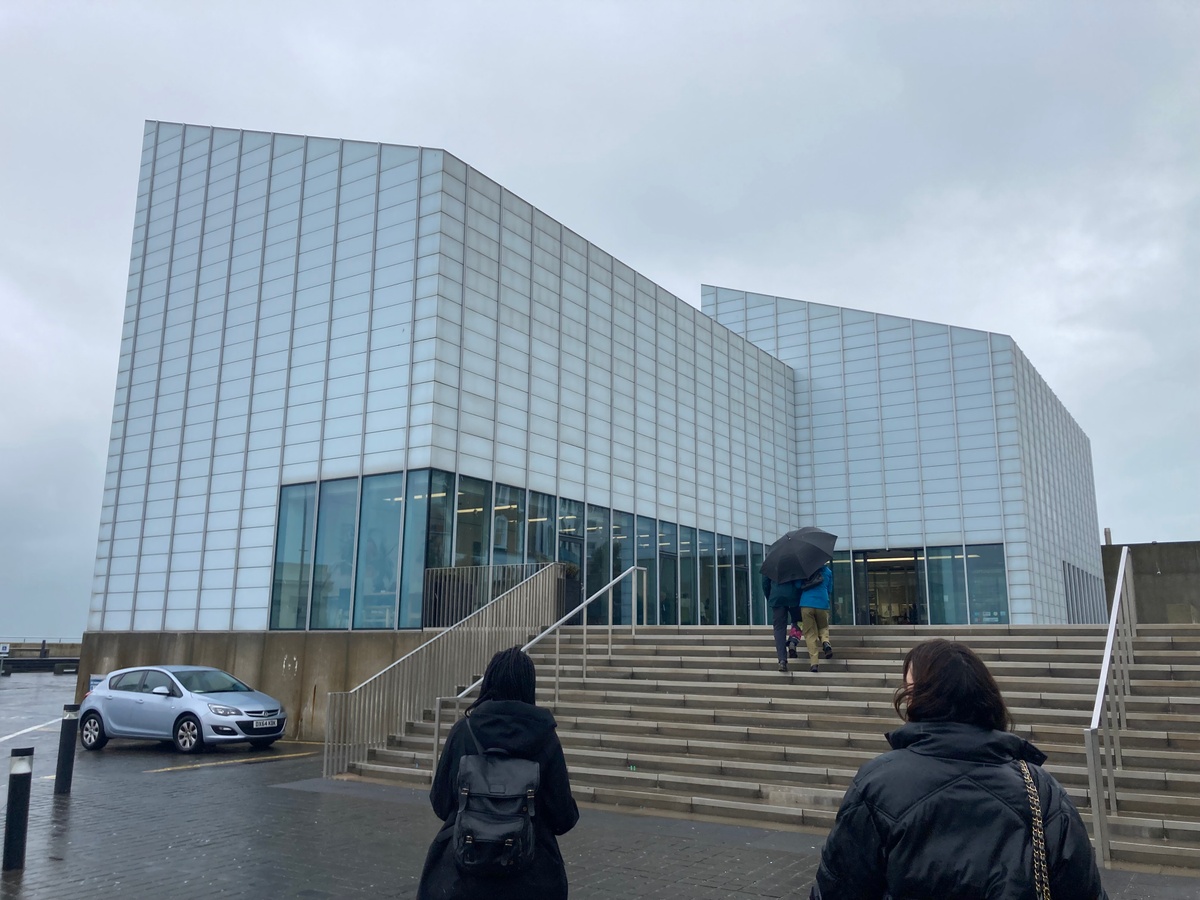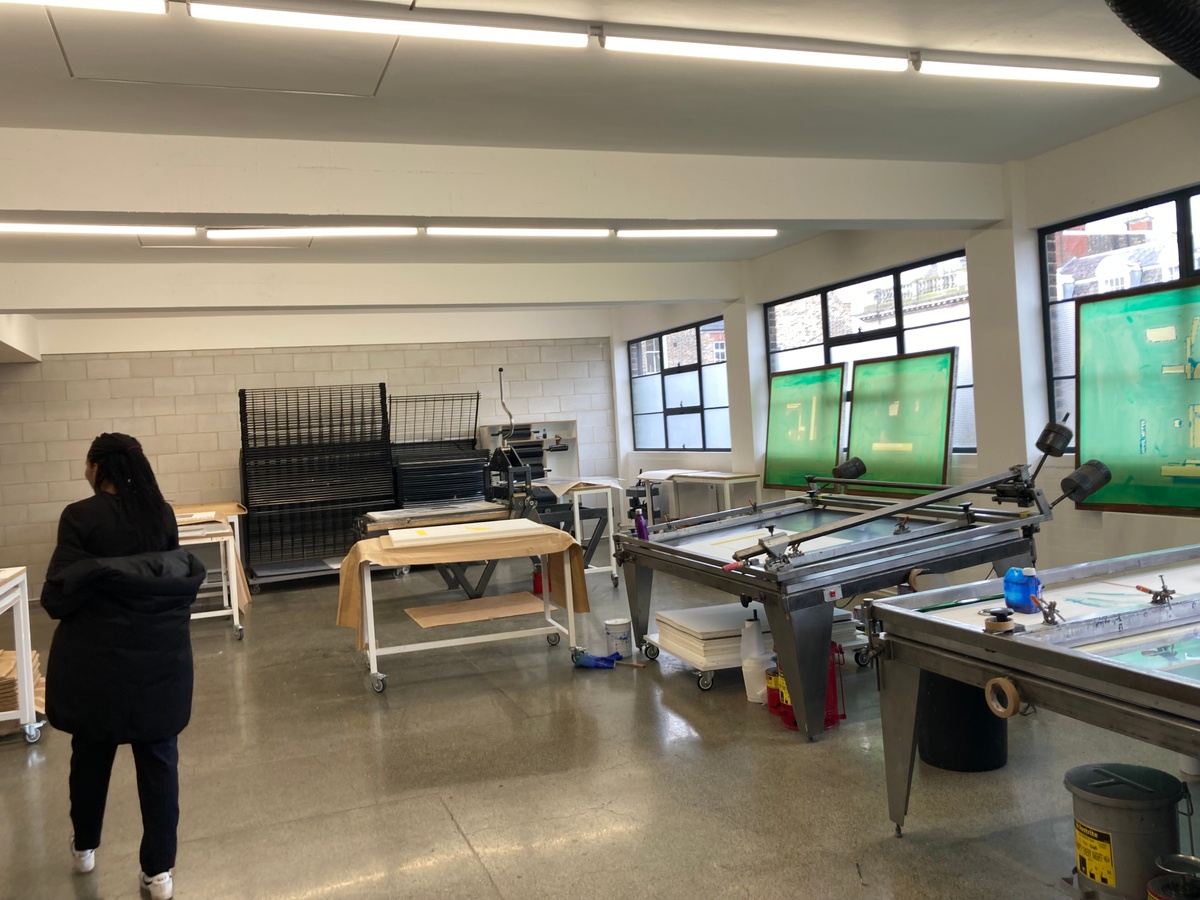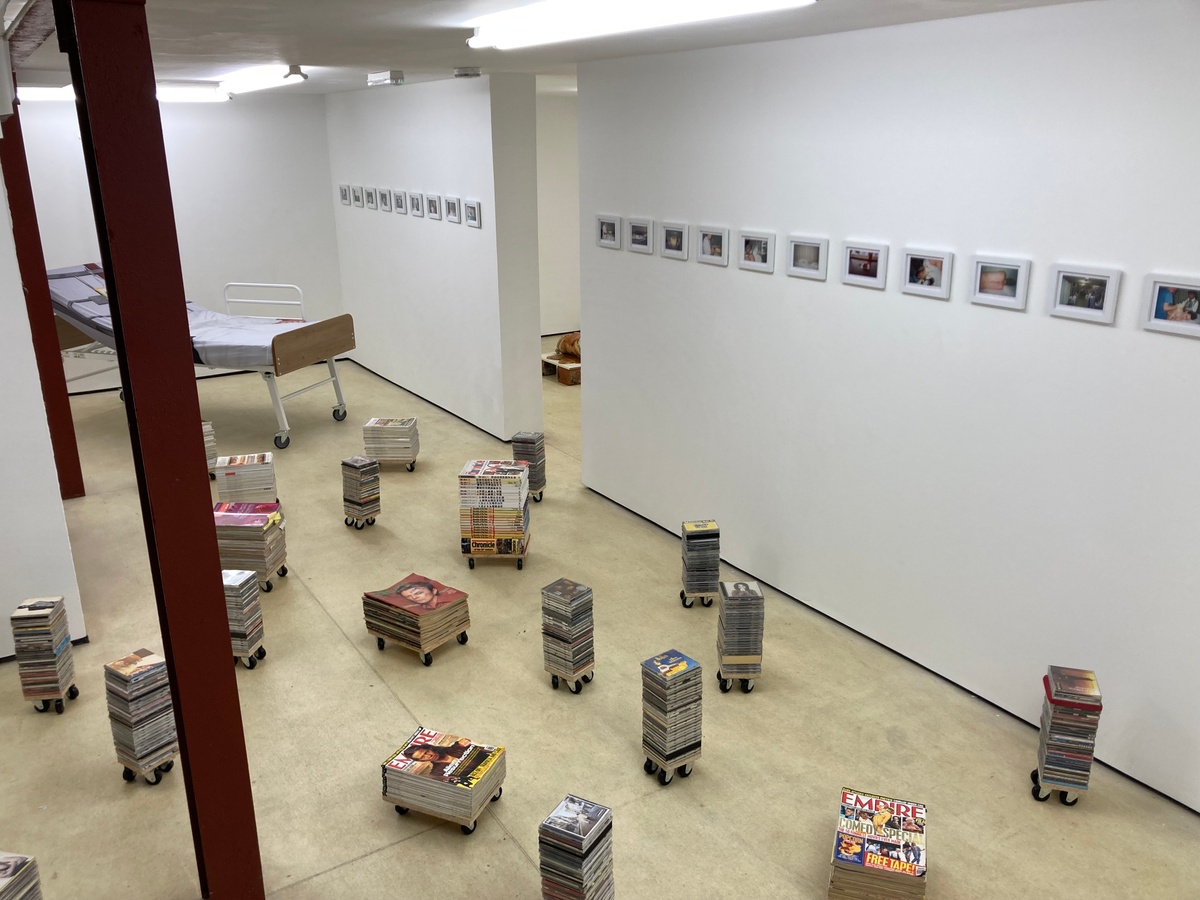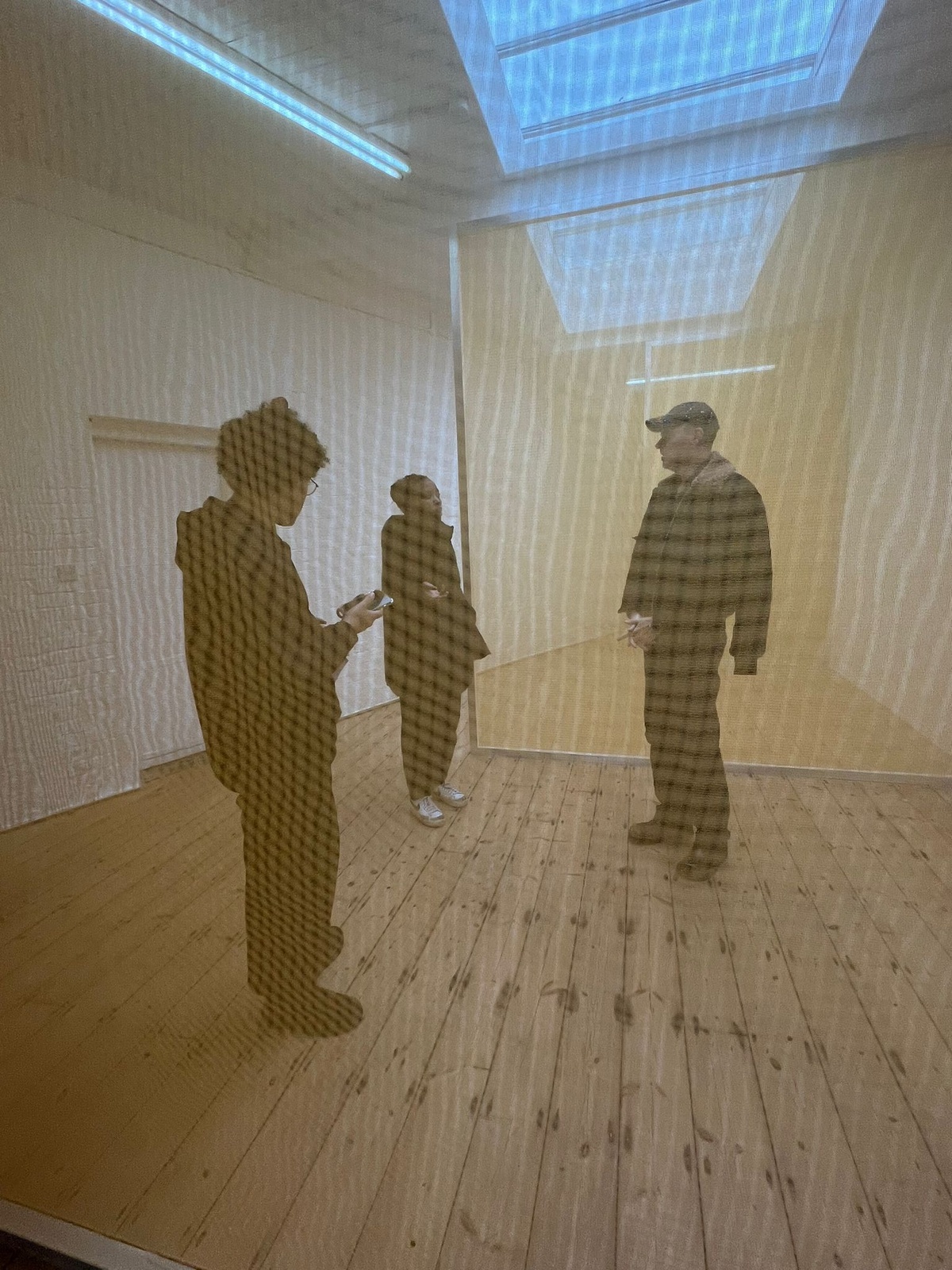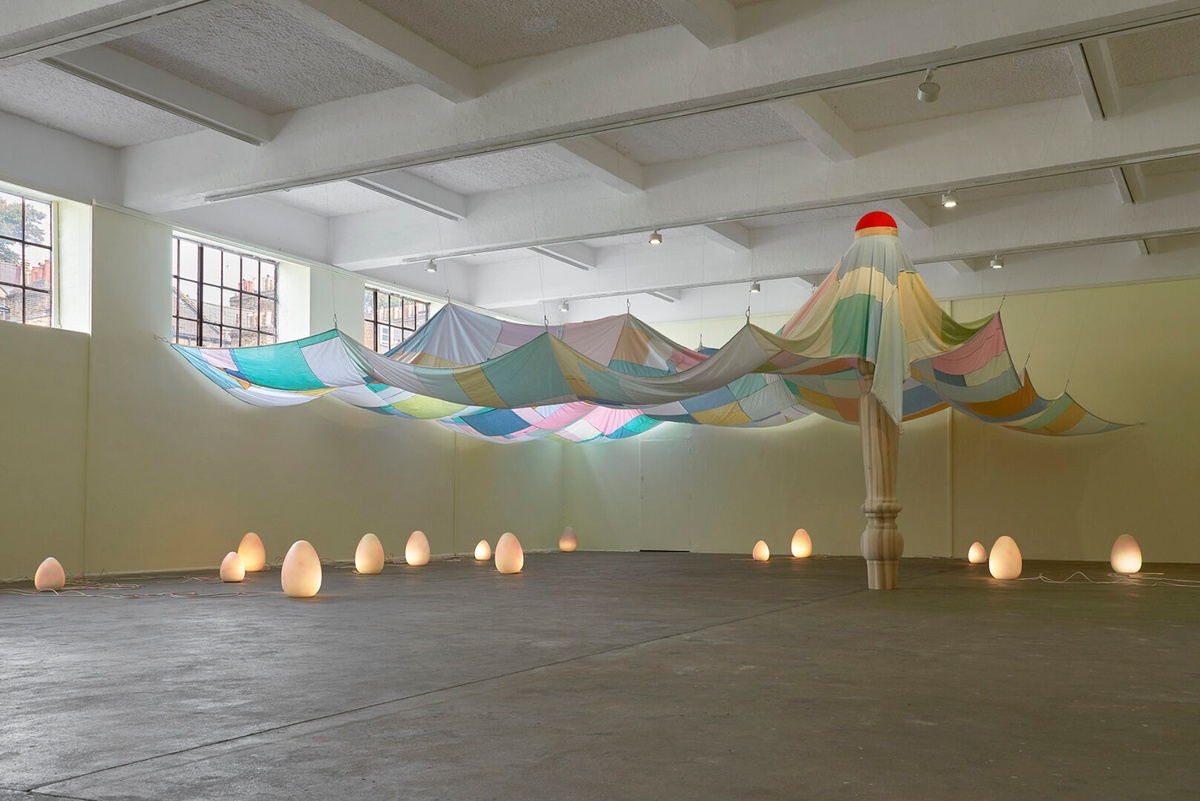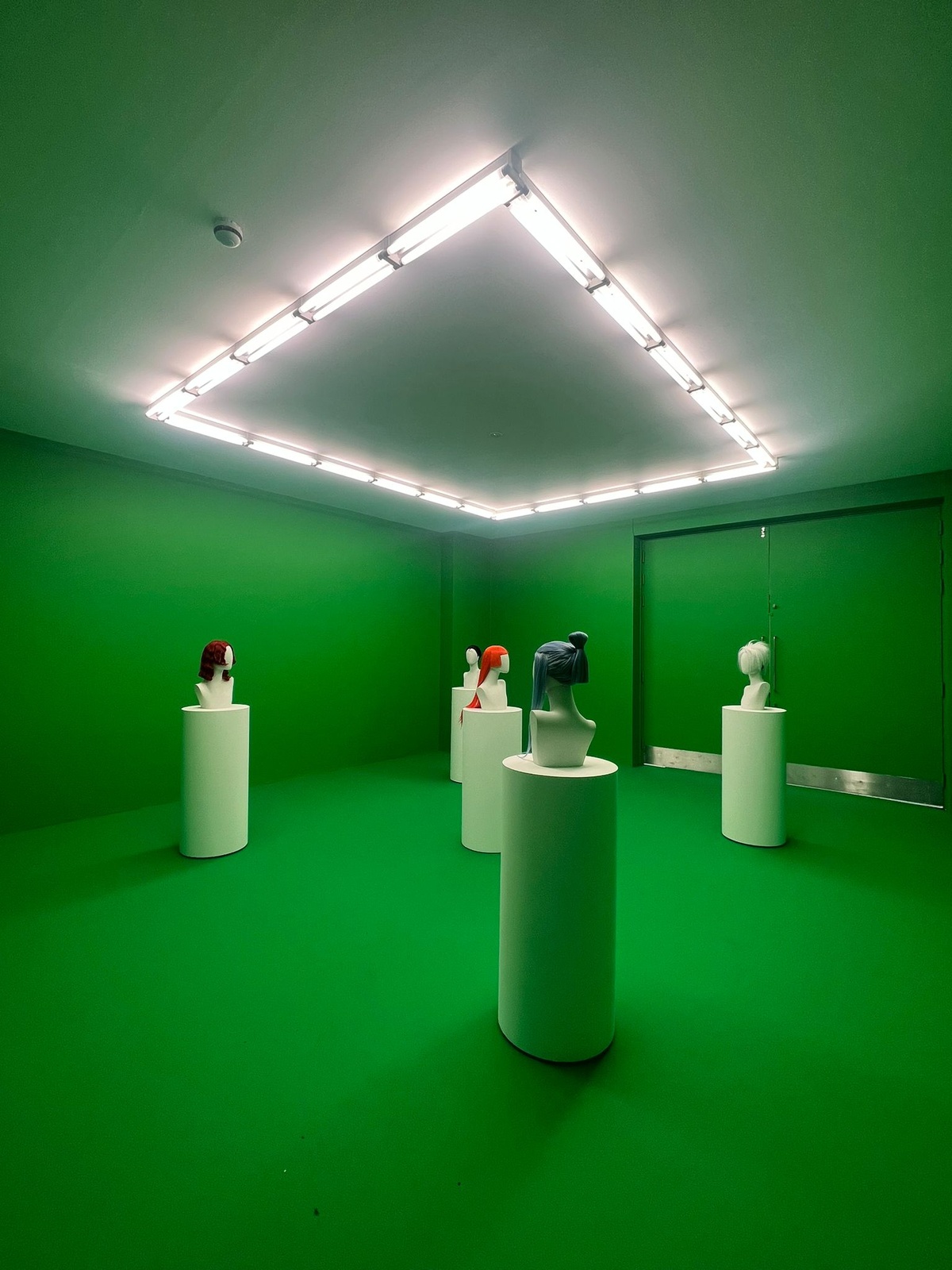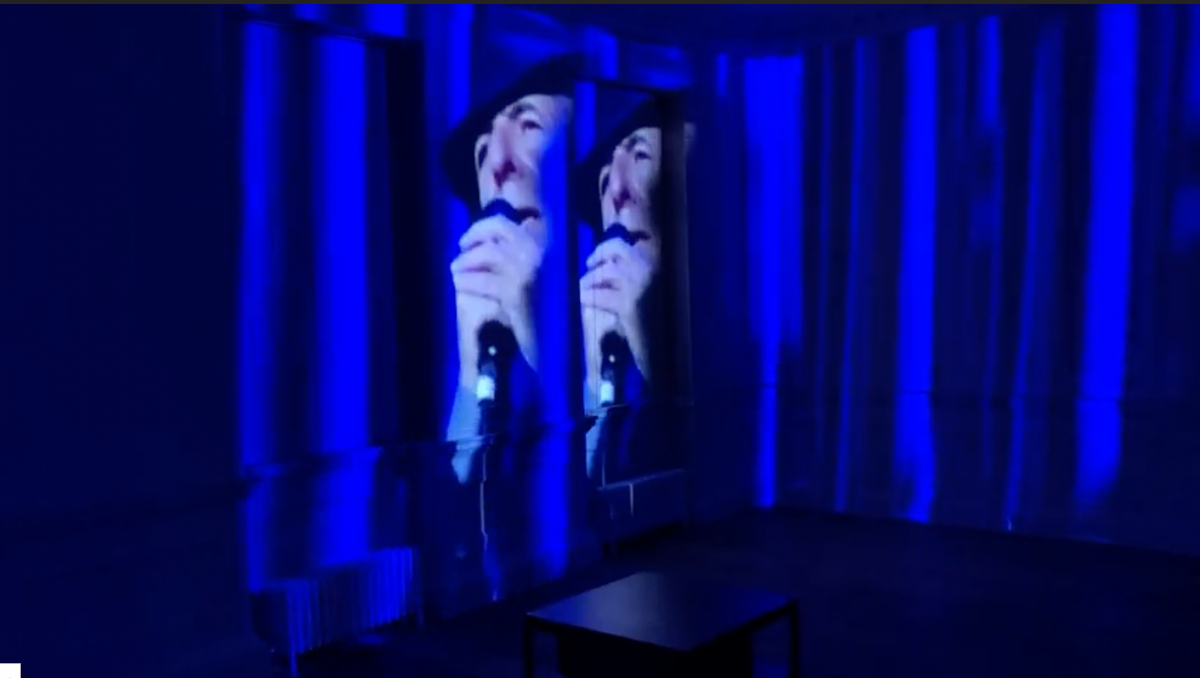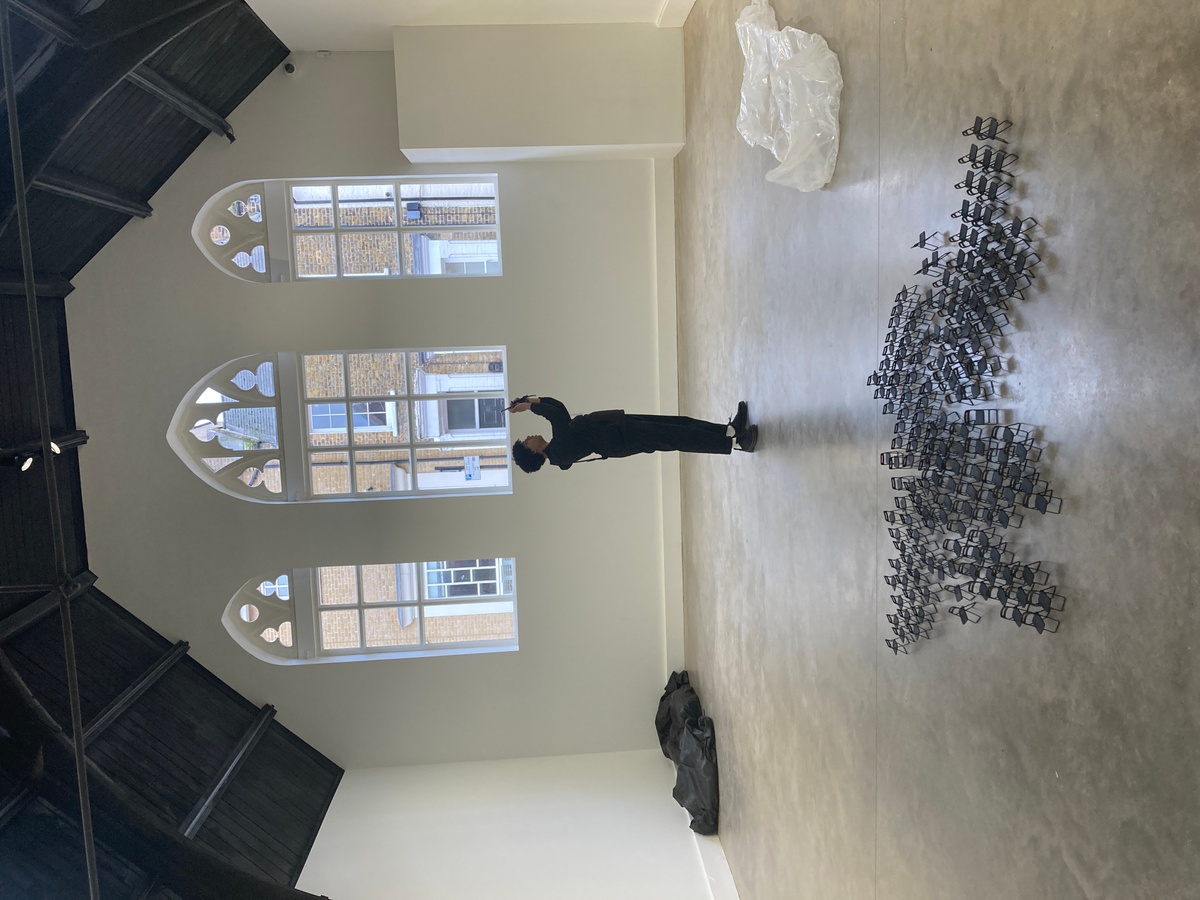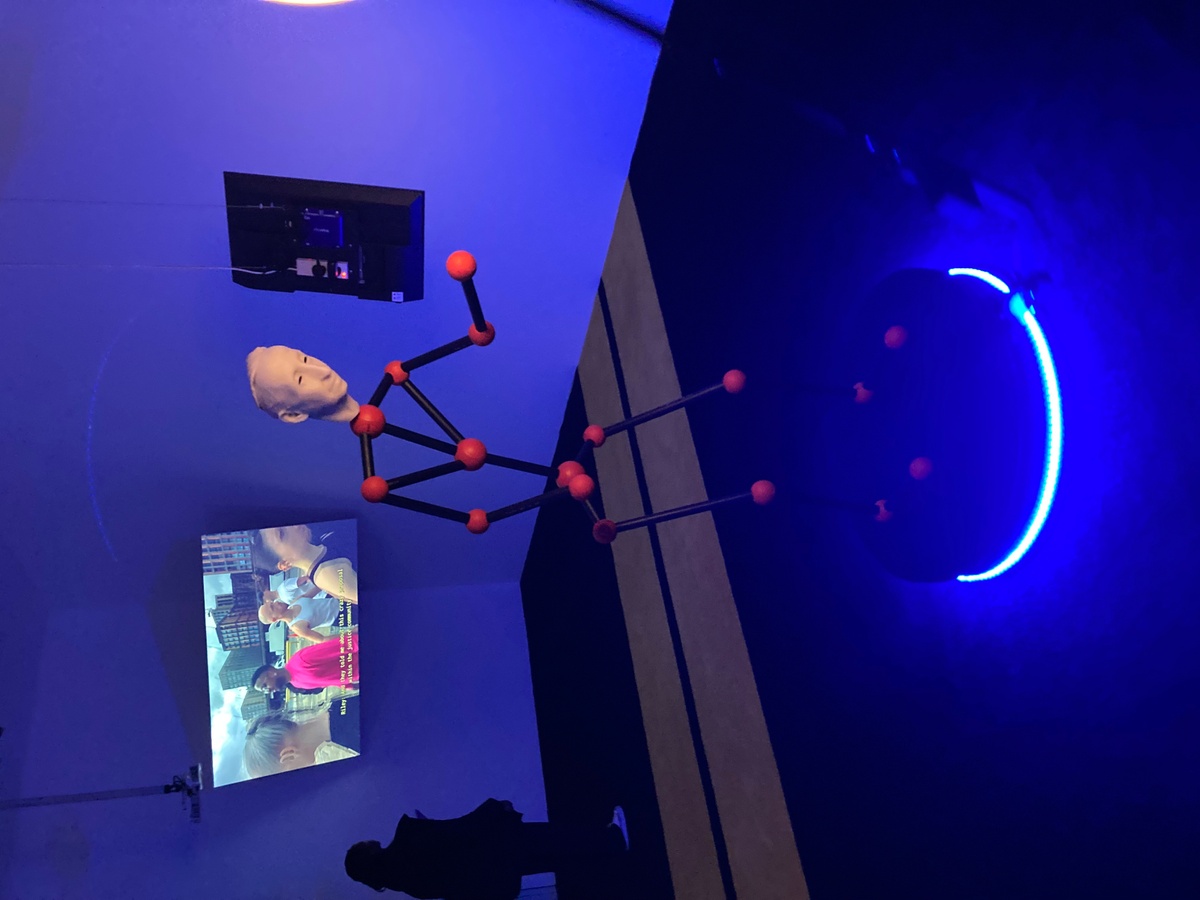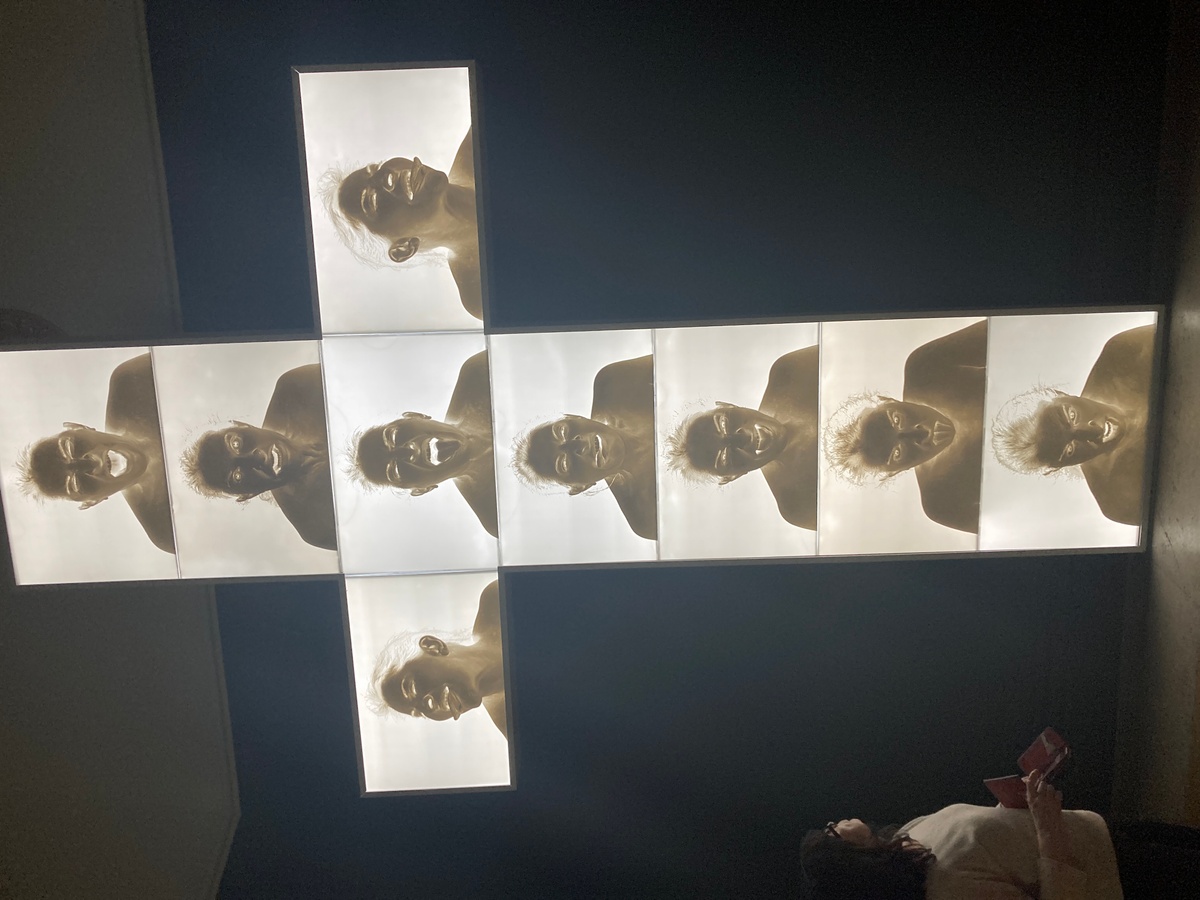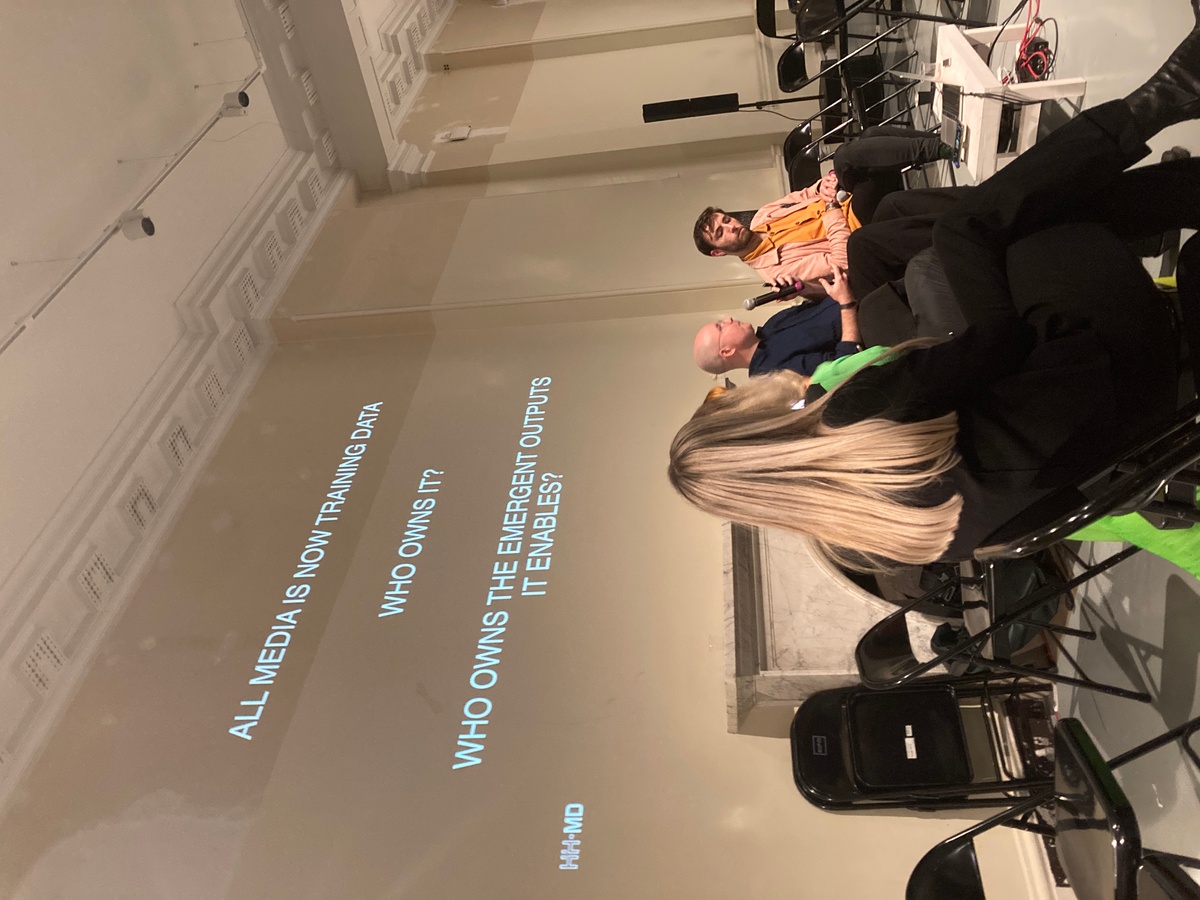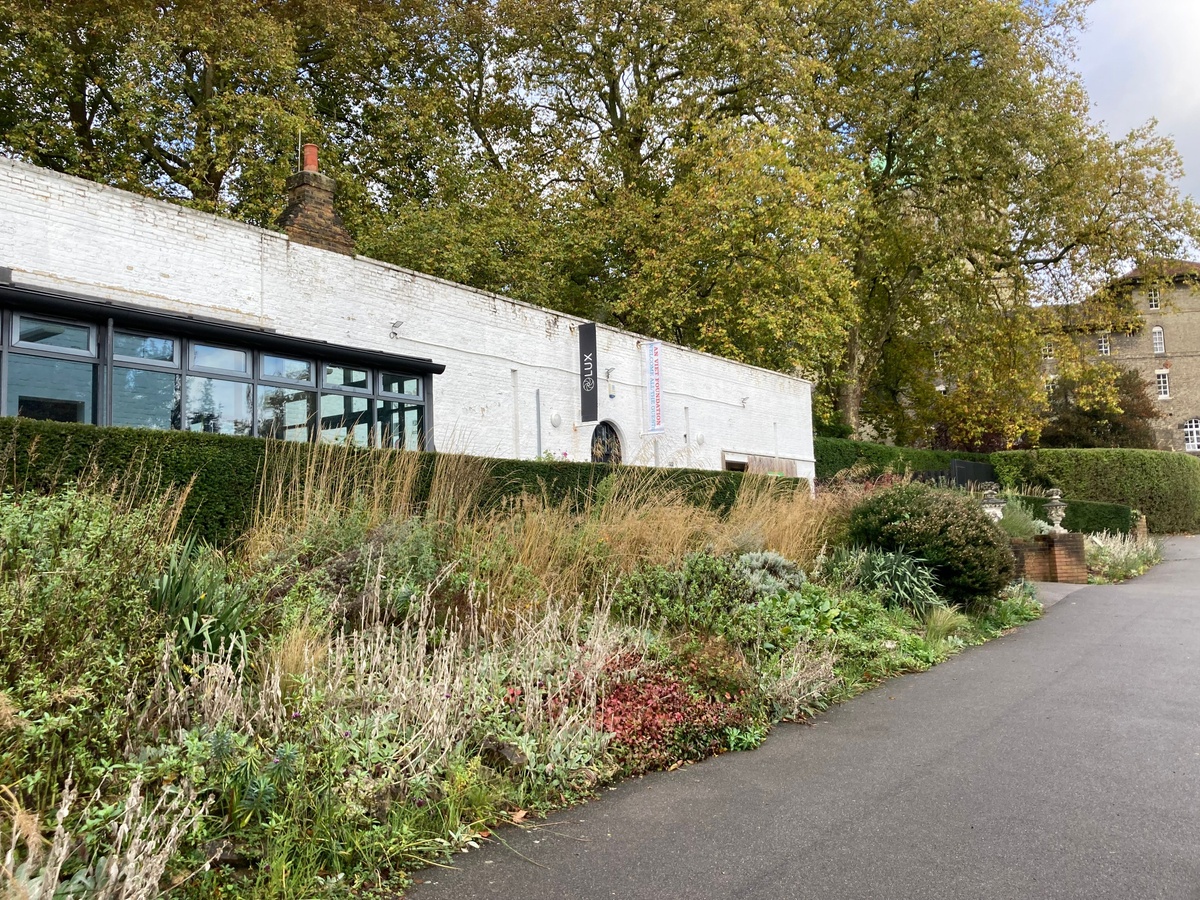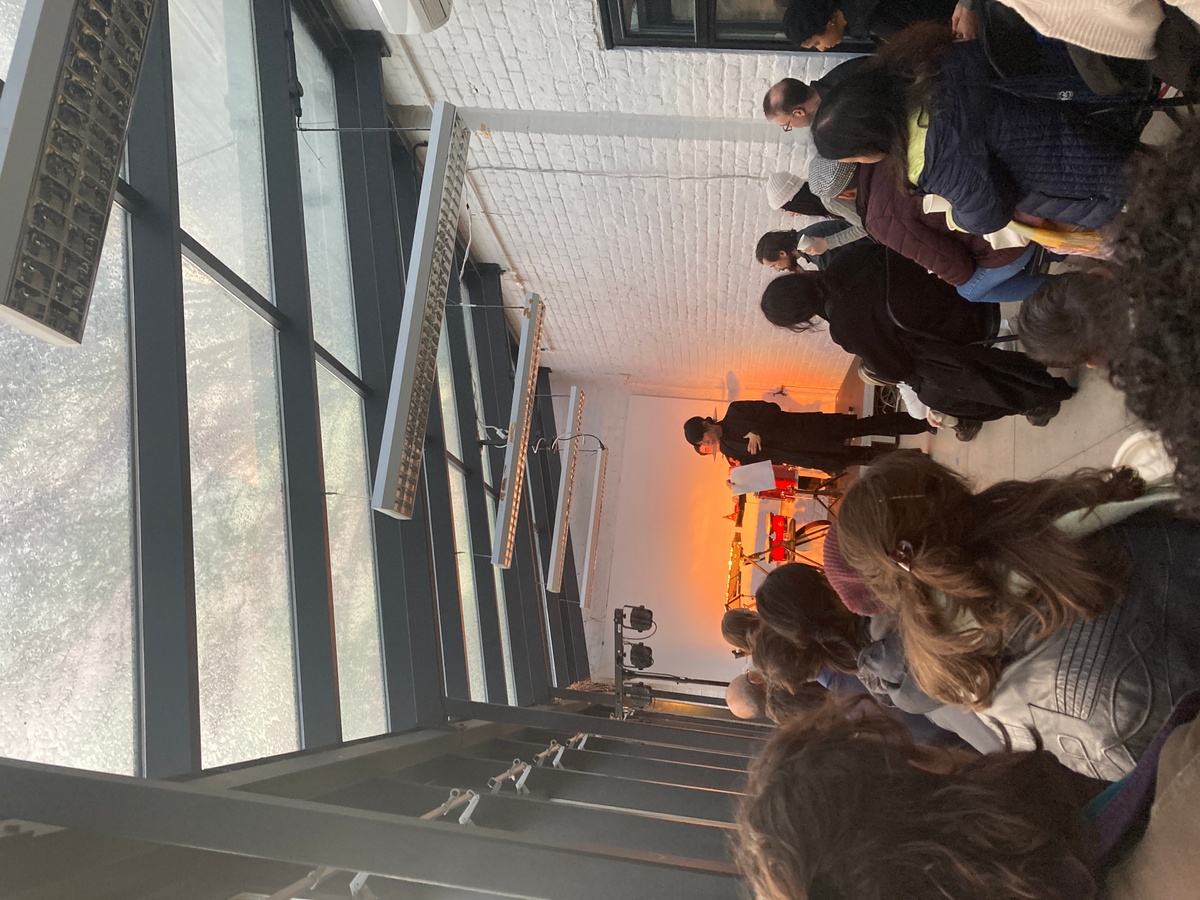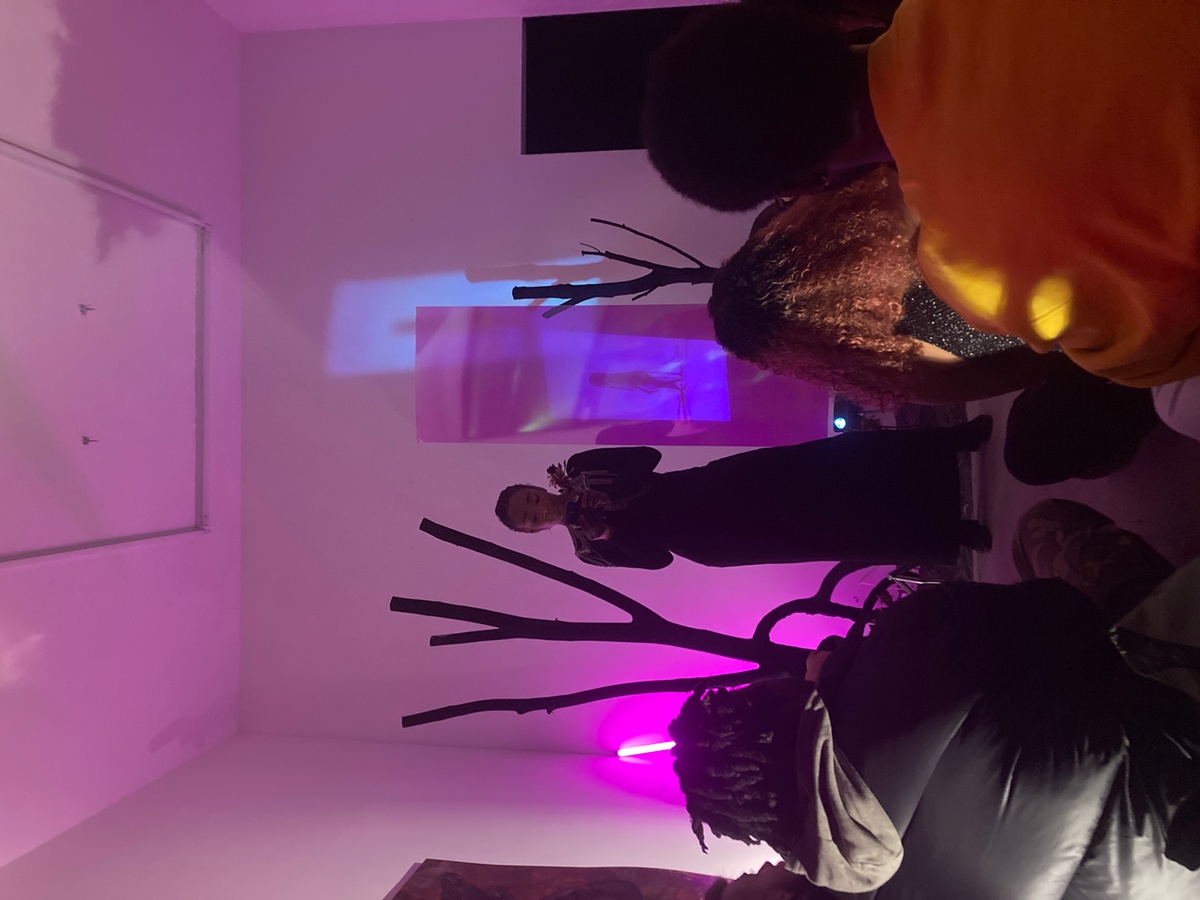Participants:
Khanya Mashabela
Mitchell Gilbert Messina
A4’s 2023 Accelerator is a one-week rapid immersion and intensive exploration of London’s arts ecology by two early-career curators from South Africa.
A programme of meetings, events, and exchanges facilitated by A4 hopes to enable the curators to investigate an arts system, compare and contrast this with their own, while deepening their research interests in the company of a network of colleagues and practitioners who are embedded in a local art scene.
The first of these fast-paced intensives will be piloted by two young curators from within A4 Arts Foundation, Khanya Mashabela and Mitchell Gilbert Messina, who will travel from Cape Town to explore London's art system. Their experiences during this proto Accelerator will assist A4 to build this fully-funded opportunity that may be made accessible to curators working in South Africa in 2024 by application or invitation.
A4 sees this opportunity for young curators to travel to different ecologies and meet key players in the arts as an essential part of a broader aim to spotlight the work of southern African practitioners.
Our intention for future iterations of this programme is to partner with institutions and modulate the Accelerator across multiple geographies.
In London, Katherine Schaefer is point-person on the ground, hosting A4's curators and facilitating the week-long programme.
